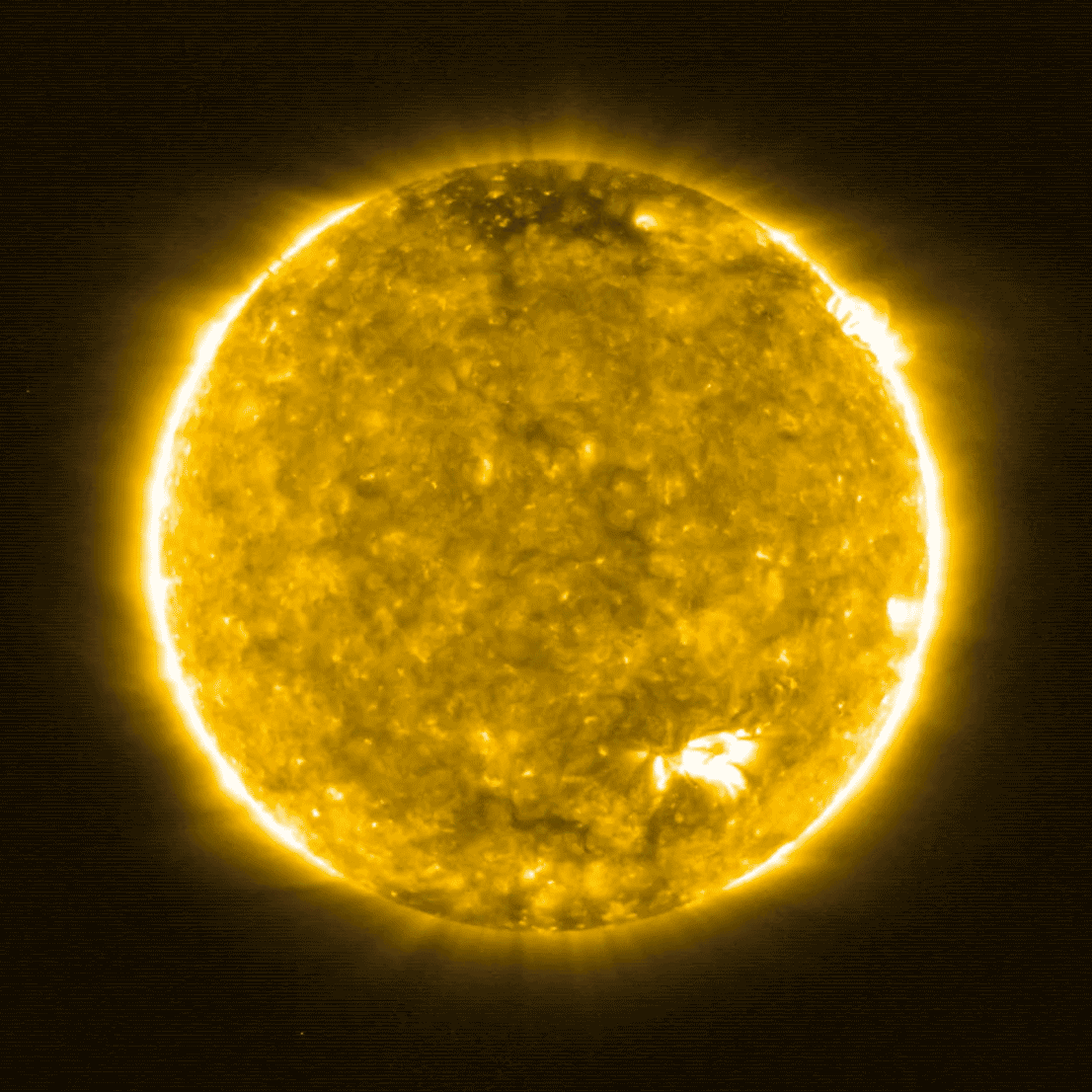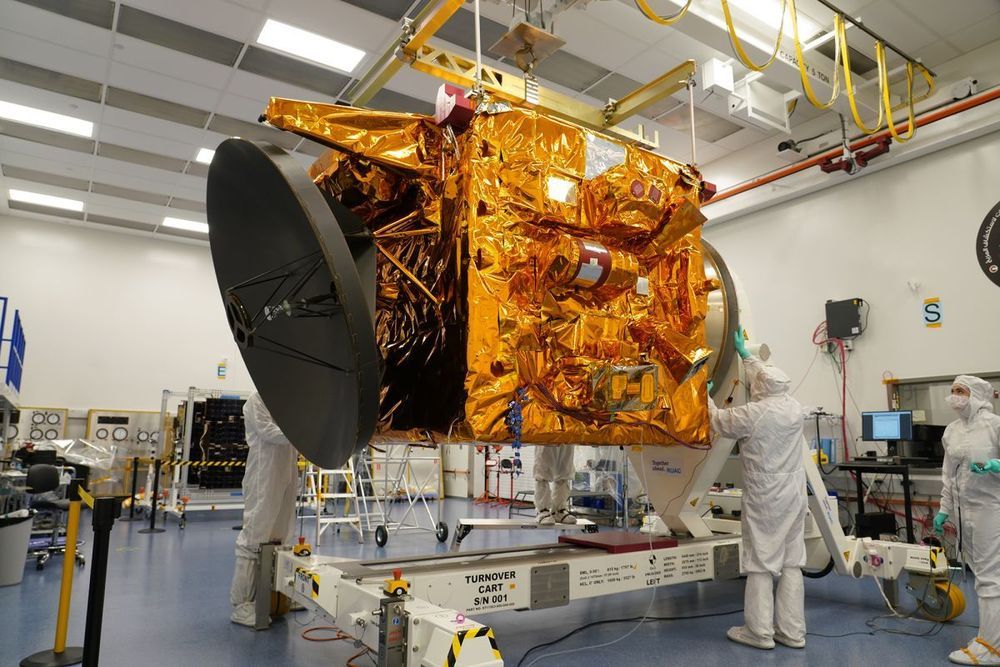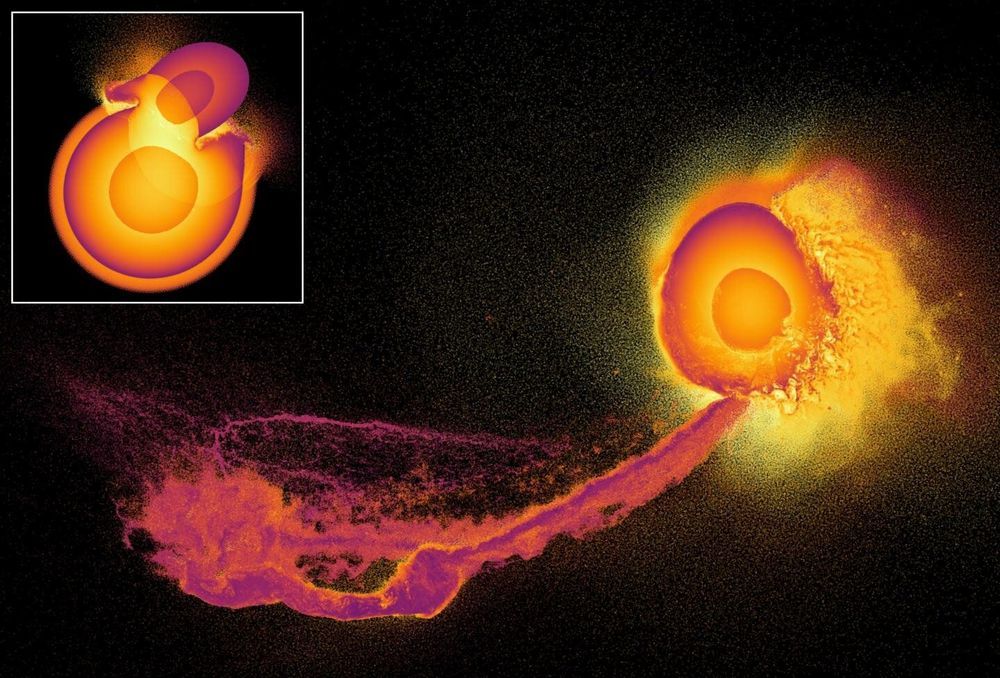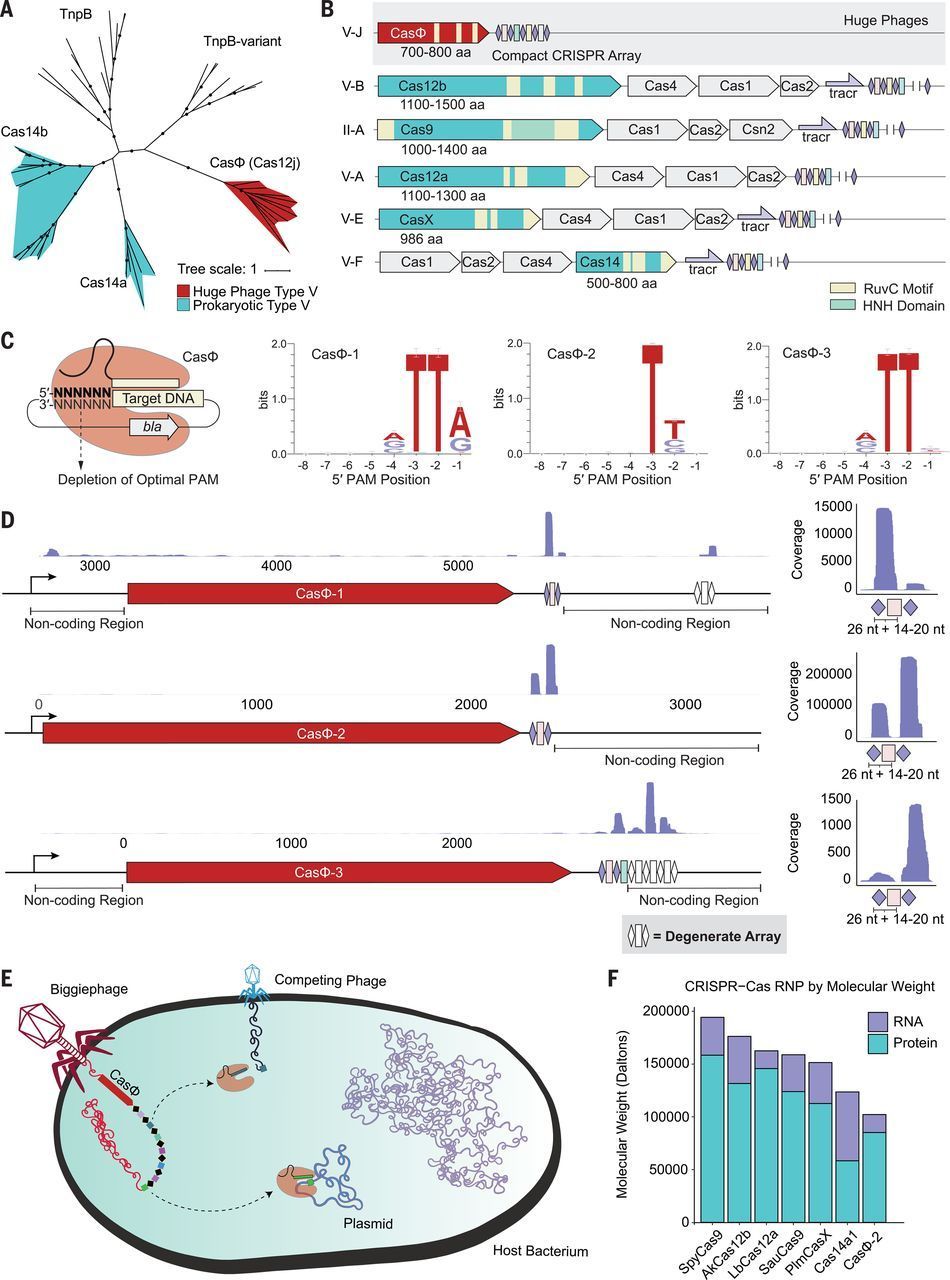Jul 16, 2020
Japanese Submarines To Counter Chinese Navy Incursions
Posted by Quinn Sena in category: military
With China appearing to flex its muscles in almost all of its territorial disputes, a new underwater dimension may emerge. Chinese submarines could be on a collision course with the Japanese Navy. Known as the Japanese Maritime Self-Defense Force (JMSDF), they possess one of the most potent anti-submarine capabilities of any Navy. In particular Japanese submarine technology is highly regarded. But there seems to be acceptance that they will have to beef up to meet the emerging threat from China. A newly published white paper hints at ways the JMSDF is responding.
The threat of Chinese submarine incursions is seen as very real. Last month, to track a submerged submarine near its waters, the JMSDF scrambled one of its helicopter carriers, two destroyers and several maritime patrol aircraft. Although Japan has not declared the nationality of the submarine, it is widely believed to have been Chinese.
According to a press release (in Japanese) the submarine was detected on June 18 northeast of Amami Oshima, which is one of the islands running between Japan and Taiwan. These islands are known as the first island chain and form a natural barrier between China and the Pacific. The submarine was tracked for several days.

















